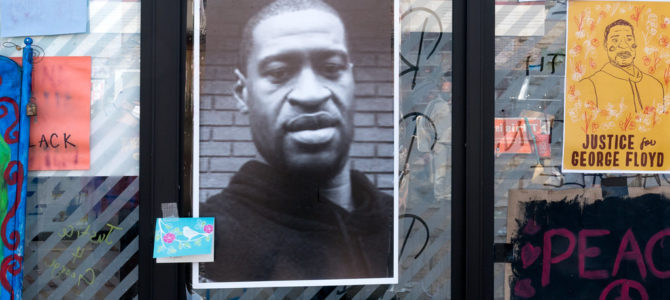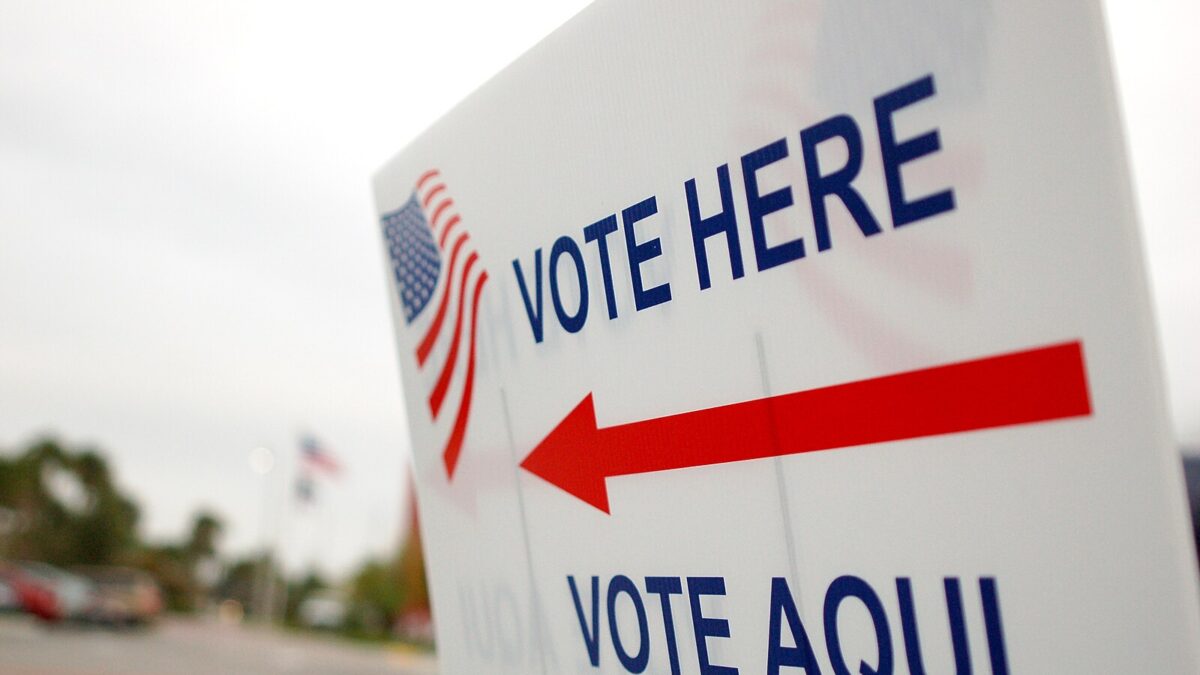New documents released by the Minnesota Judicial Branch on Tuesday show that George Floyd, who died while in police custody in May, had a potentially “fatal level” of fentanyl in his system at the time of death.
According to Dr. Andrew Baker, the Hennepin County Medical Examiner conducting the autopsy who did not watch videos until after his investigation, Floyd had such a high level of fentanyl in his system that if he was found dead at home, it would “be acceptable to call an O.D.”
While Dr. Baker clarified that he’s “not saying [Fentanyl killed” Floyd, he acknowledged that it may have played a larger role in Floyd’s death than first suspected.
Dr. Baker also noted that hypertension in Floyd’s heart could cause death “quicker because it needs more oxygen” and that “certain intoxicants can exacerbate” Floyd’s previous condition.
A memorandum from the Hennepin County Attorney’s office also noted that “is fatal level of fentanyl under normal circumstances” and concluded that “the autopsy [by Dr. Baker] revealed no physical evidence suggesting that Mr. Floyd died of asphyxiation.”
“Mr. Floyd did not exhibit signs of petechiae, damage to his airways or thyroid, brain bleeding, bone injuries, or internal bruising,” it reads.
The Office of the Armed Forces Medical Examiner, after being consulted for the case by the Department of Justice, concurred with Dr. Baker’s analysis, classifying Floyd’s death as a homicide, “caused by the police subdual and restraint in the setting of severe hypertensive atherosclerotic cardiovascular disease, and methamphetamine and fentanyl intoxication. The subdual and restraint had elements of positional and mechanical asphyxiation.”
Other doctors contracted out by the Floyd family to review the autopsy labeled Floyd’s cause of death as “traumatic asphyxia” and compression on the back and neck which led to “a lack of blood flow to the brain.” Those doctors, Dr. Baden and Dr. Wilson, however, were “unable to complete their final reports” due to a lack of access and permissions to certain evidence.
Leaked bodycam footage of Floyd’s fatal arrest show Floyd struggling and “refusing to comply with police” before he was subdued and held down by the officer’s knee. Floyd can be heard saying “I can’t breathe” multiple times before being detained and during the pressure to his neck.
Floyd’s death sparked nationwide protests against police brutality with calls for racial justice. While some protests were peaceful, others such as the rioting in Minneapolis, Portland, and other major U.S. cities were not.
Derek Chauvin, the officer who kept his knee on Floyd’s neck to subdue him and originally charged with third-degree murder, is currently charged with second-degree murder and is being held on a $1.25 million bail. The three other officers involved in Floyd’s death were charged with “aiding and abetting second-degree murder and aiding and abetting second-degree manslaughter.”









